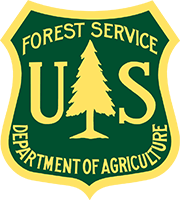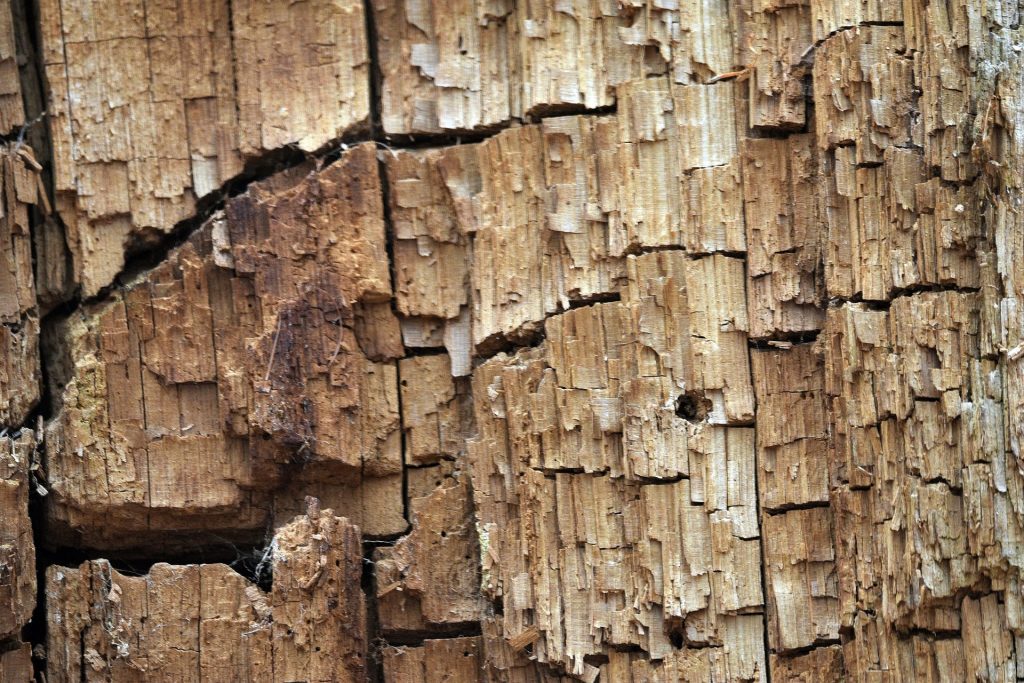While it’s often referred to as a termite inspection, it officially refers to Wood Destroying Insects. The decision on whether or not to conduct a termite inspection may not be yours to make. If you’re buying a home with an FHA or VA loan, the mortgage lender may require that a clean termite inspection report is provided prior to getting a final loan approval.

“Alaska is the only state in the U.S. that does not have termites.”
United States Department of Agriculture – Forest Service
Found throughout the entire United States except Alaska, these little pests tunnel through the wood in your home to feed, lay eggs and live. The damage they create can result in thousands of dollars (see costs below).
It’s not uncommon for homes in Albuquerque, Rio Rancho, the East Mountains, Los Lunas or surrounding areas to have evidence of wood destroying insects.

Below are some examples of wood destroying insects:
Of every type of wood destroying insects, termites are the most troublesome.
National Pest Management Association (NPMA)
There are three groups of wood destroying insects:
Subterranean termites are the most destructive termites species. With up to 2 million in a single colony, subterranean termites can chew through so much wood over a period of time that they could collapse an entire home.
Home buyers using an FHA or VA loan will need to provide the loan officer with a clean report showing no evidence of wood destroying insects and no wood destroying fungi. If the inspection report shows evidence of wood destroying insects with a recommendation for treatment, proof of treatment will have to be completed before you will get a clear to close by the lender.
A wood destroying insect inspection can uncover dead or living termites. This inspection is different from the typical home inspection. It’s a visual, focused inspection that looks for pests that attack the interior and exterior of the home.
The person inspecting should be qualified and licensed with the Department of Agriculture. They will inspect every assessible space from the basement to the attic. The inspection can take about 30-60 minutes, depending on the size of the home.
Who pays for the inspection is an entirely different conversation.
There are three types of termite inspections:
Subterranean termites live inside the soil, so special treatments are used on the soil that surround the structure to create a barricade. This method aids in preventing future infestation while killing any live termites in the home when they try to return to the soil.
Pest management companies have an assortment of wood treatments to destroy existing termite colonies and impede future termites from resurging. Wood treatment can vary from spraying surfaces, injecting sprays or foams and treating wood with borates. This option can eliminate existing termites and can prevent future infestations.
Bait system treatment are a highly effective method of killing termites. Small bait stations are placed around the home to protect against current and future termite infestations. This treatment virtually eliminates termites.
A termite (Wood Destroying Insects) inspection can range from about $65 – $150.
The average cost of a termite treatment ranges from approximately $250 to $1,000+. The typical cost for treatment is about $500. The cost varies based on the size of the home. The average cost per foot is about $5 – $16.
On the other hand, the cost to repair damage from termites is another factor. According to a survey of independent contractors, the average repair cost for major termite damage is about $8,500.
ARE YOU AWARE OF THE